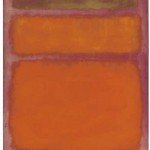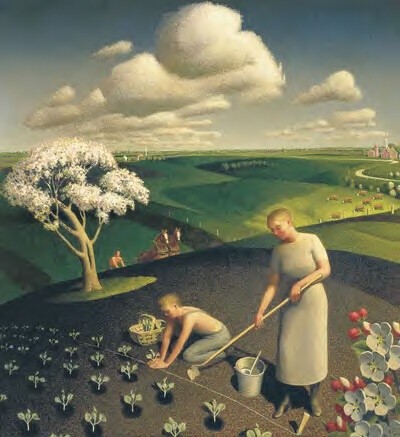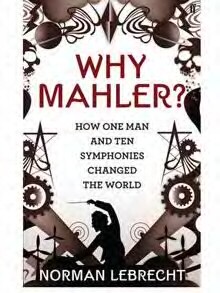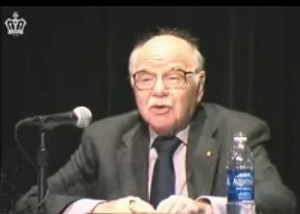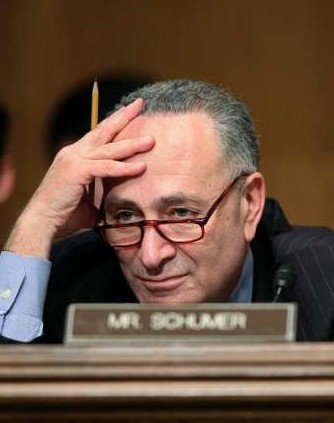Promoting Israel in the world of literature: A tale of Jewish ethnic networking
I was looking over Brenton Sanderson’s TOO article on Mark Rothko (“Mark Rothko, Abstract Expressionism, and the Decline of Western Art“). For Rothko, an artist without any of the skills that are traditionally associated with being a professional artist, it was all about Jewish networking.
Towards the end of 1943, all of the ethnic networking finally began to bear tangible fruit for Rothko. He befriended Peggy Guggenheim, “the most voracious patroness of American avant-garde art”, who had migrated to New York in 1941. Guggenheim’s artistic consultant, Howard Putzel, “convinced her to show Rothko in her Art of This Century gallery, where she had opened in 1942, during the low point of the war.” In January 1945, Guggenheim decided to put on Rothko’s first one-man exhibition at her gallery. In 1948 Rothko invited a coterie of mainly Jewish friends and acquaintances to view his new ‘multiforms’. The [very influential] art critic and historian Harold Rosenberg “remembers finding these works “fantastic,” and called his experience “the most impressive visit to an artist” in his life.”
This is actually quite remarkable. It would be one thing if Rothko was aspiring to be a leading rabbi or the head honcho at the ADL. But he was aspiring to fame and fortune as an historically important artist in the Western canon. He achieved his goal. One of his paintings recently sold for $87 million.

